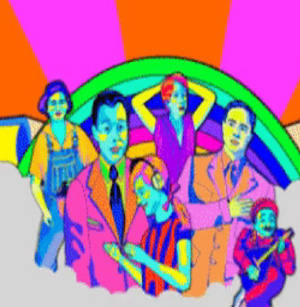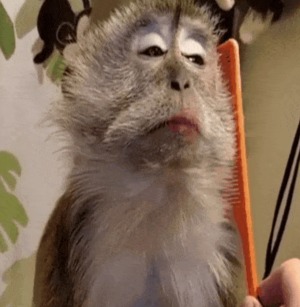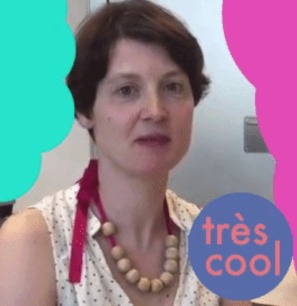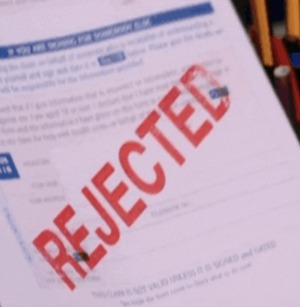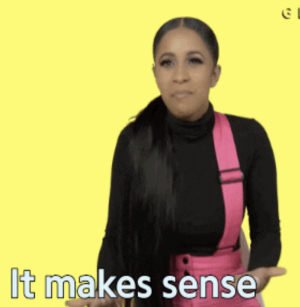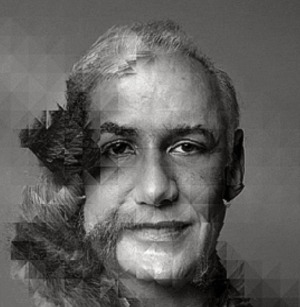What a good article looks like
A clear and attractive journal article requires a great deal of preparation and self-criticism. Even obviously talented writers will admit that it takes at least as much perspiration as inspiration. One can find many opinions on how a good article looks like. Here are my two cents, based on experiences as (co-)author, thesis supervisor and editor. The reader is reminded, though, that whereas a set of writing suggestions are useful, variations on these can make readings more appealing. So take my advice with a grain of salt.
To begin with the end, circulate your paper among critical but constructive colleagues, and persistently revise, revise and revise. Aim for revisions to render shorter instead of longer texts. This will assure a high information density and removal of inessential and weak text parts. Readers anyway have little time and there is far too much to read. So let us contribute to a better world by writing concise articles. This will allow keeping the overview and focusing scarce time and energy on a limited amount of text, making it easier to raise the bar.
Pay attention to the introduction
Keeping readers’ attention requires convincing them early on of the relevance of your message. This means the introduction merits special attention. It best begins with a clear motivation of the topic or problem addressed, followed by a formulation of the goal, research question(s) and approach adopted. Next, make sure to embed the study briefly in the relevant literature, and while doing so, use the opportunity to clarify what the main innovation of the study is. Finish the introduction with a brief outline of the article: a concise overview of the contents of subsequent sections – best in the form of one line per section. Such an outline should logically follow from the previous text in the introduction; in other words, do not introduce new issues or concepts at this point.
Titles and Abstract
The following more specific considerations regarding structure and editing may be helpful. Article titles should be concise and specific , indicating clearly the important innovative angle of the article. Do not feel obliged to include a subtitle, and be sure to avoid repetition of identical or similar terms in the title.
Abstracts should not be written in a hurry. They contain continuous text, without paragraph structure, and with high information density. Make sure to revise the abstract as often as the rest of the paper to guarantee its optimal quality. Note that all Elsevier journals currently require in addition up to five highlights, each no longer than 85 characters (125 in the case of EIST), including spaces. Like the abstract, highlights should be very attractive as they form the first summary of the article that readers will come across online. They will influence a potential reader whether or not to take a better look at the respective article.
Use informative but short section titles. Number all sections and avoid difficult, multilevel subsection structures whenever possible.
All is well that ends well
Include a separate conclusion section that summarizes the problem, approach, results and interpretation of these. Ensure that the conclusions can be read and understood independently from the rest of the paper. Do not draw overly strong conclusions, but be modest and formulate with care and tact. Circumvent literature references in a conclusions section. Remember your conclusions have to derive from the original analysis reported in previous sections. Only if you decide to compare your findings with those of others, references are in order. Avoid a long, undirected “Discussion” section and certainly do not integrate this with the final section offering conclusions.
Opinions are not facts
Make a clear distinction, through appropriate formulations and phrases, between statements of fact (e.g., by adding a reference), opinions of other authors (by using a formulation like “according to X”), interpretations of what others have said (by noting this explicitly), and your own opinion or conclusion (e.g., “In my view” or “We find”). If you copy figures or tables from others mention clearly the original source. If you cite a statement by someone else, use double quotation marks and mention not only the reference (name and year) in the text but also the page number, so as to allow the reader to check the original source.
Take your reader by the hand
Write goal-oriented and keep the reader adequately informed about any intermediate objectives, to avoid that s/he is left wondering where the discussion is going to. Keep sentences short and uncomplicated. Do not put many ideas in a single sentence. Use connectors – such as “as”, “for”, “because”, “though”, “despite”, “however” – wisely and with variation. Stay away from vague jargon as it is likely to be misunderstood by many readers. This is particularly relevant if you are writing for a multidisciplinary audience, as in EIST. Do as a rule not put much text in between brackets; a good habit is to use these only for literature references. Use foot- or endnotes to separate less urgent but interesting details from main text. Paragraphs within sections should be balanced in length: a general rule is one third of page at maximum. Never include single-sentence paragraphs. For clarity of writing, best limit each paragraph to one specific idea or issue. Separate paragraphs by tabs (indents).
Tastes differ
There is much to say about style of writing. This is partly a matter of taste. Nevertheless, some standards have evolved over time. The space is too short to go into any detail here. The most famous concise booklet on style is The Elements of Style by W. Strunk and E.B. White. It is very cheap and can be read in an afternoon. Bryson’s Dictionary for Writers and Editors is also worthwhile, especially for non-native writers in the English language. If you want to delve deeper, turn to S. Pinker’s The Sense of Style: The Thinking Person’s Guide to Writing in the 21st Century. A final advice for the beginning author: try to patiently perfect the process of perfecting your manuscripts.
This piece was originally published in the Network of Early Career Researchers in Sustainability Transitions.







